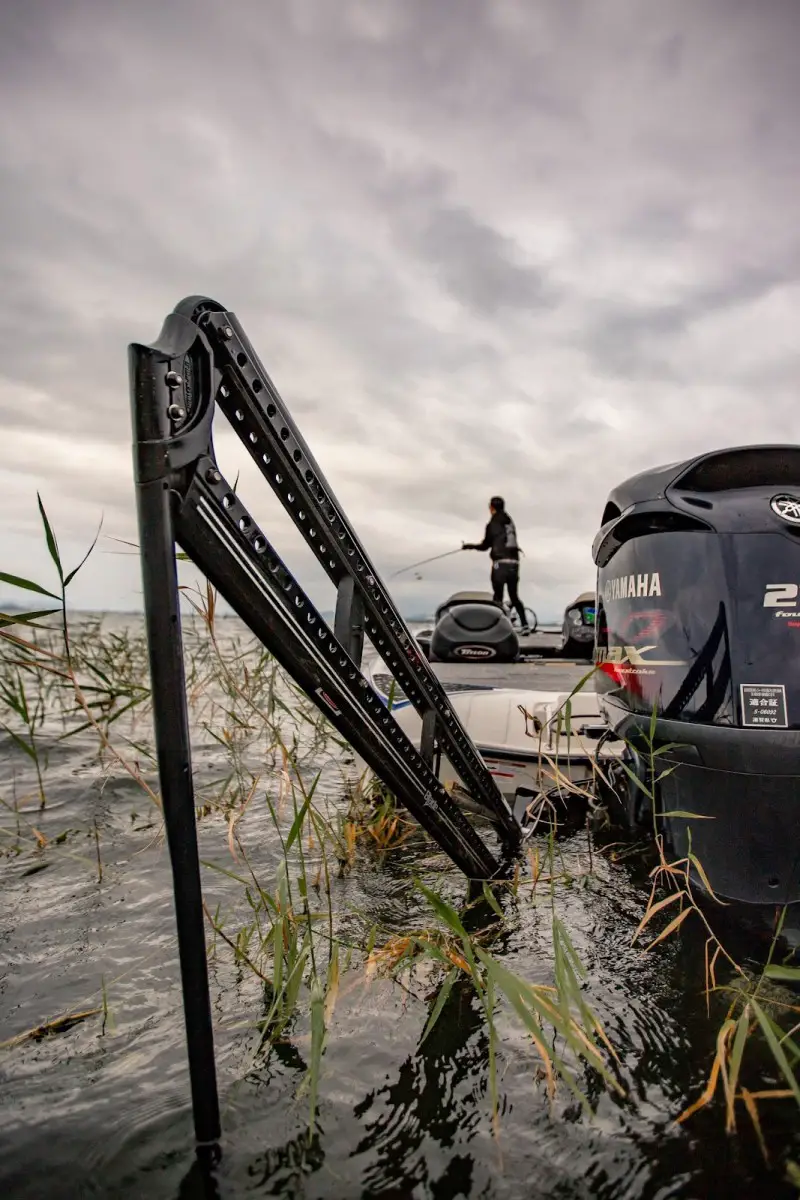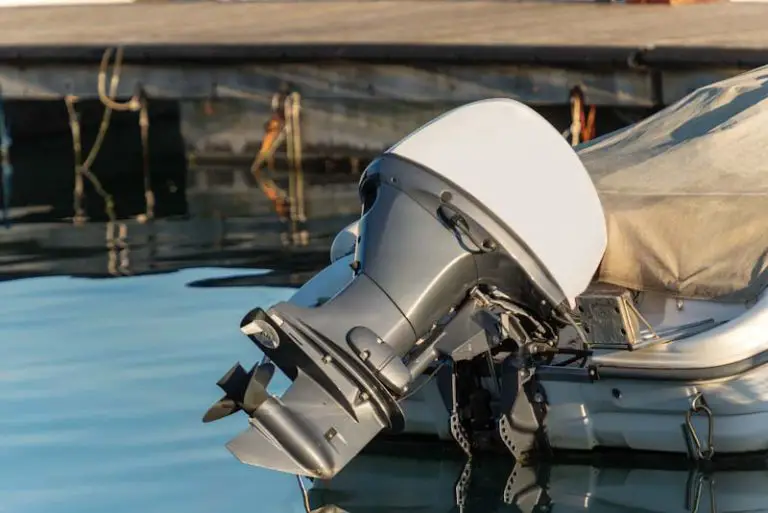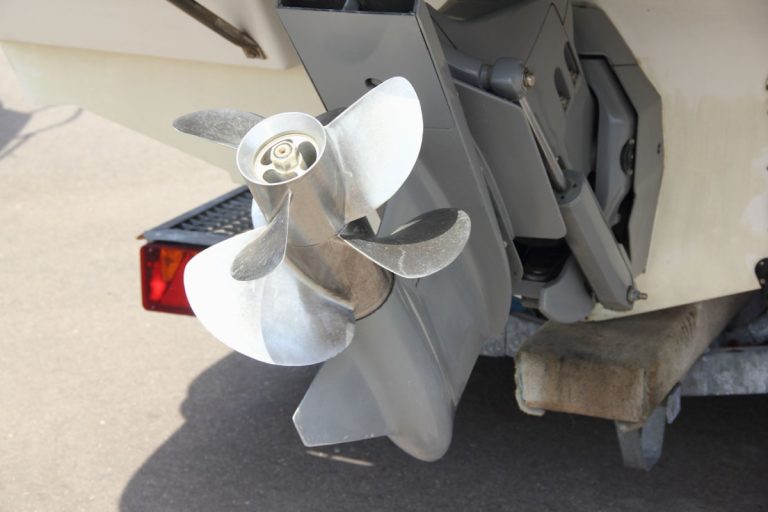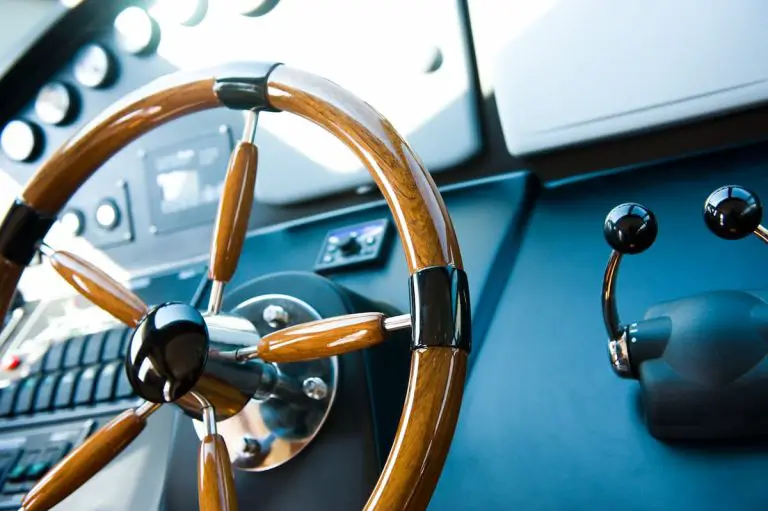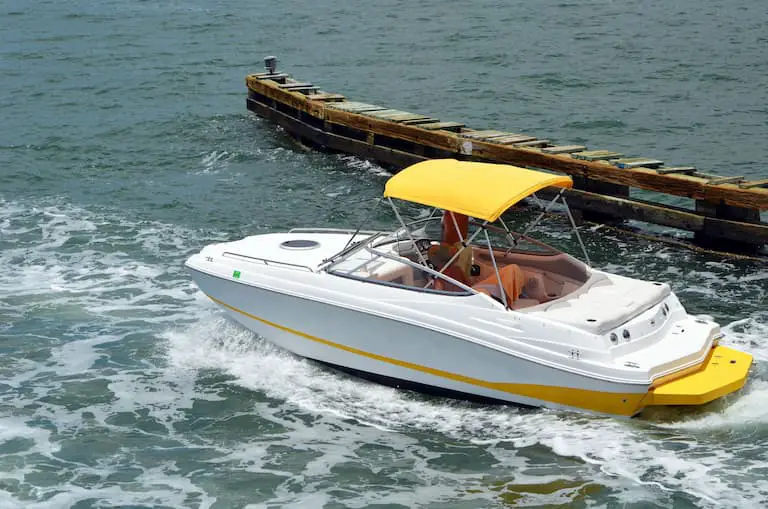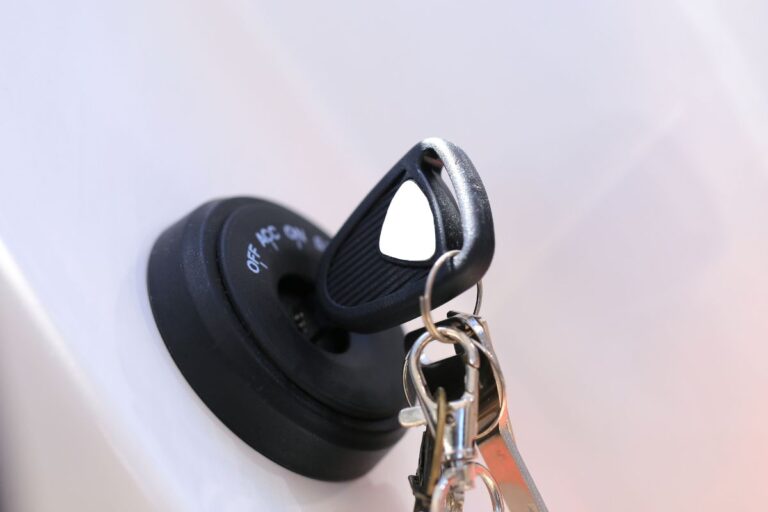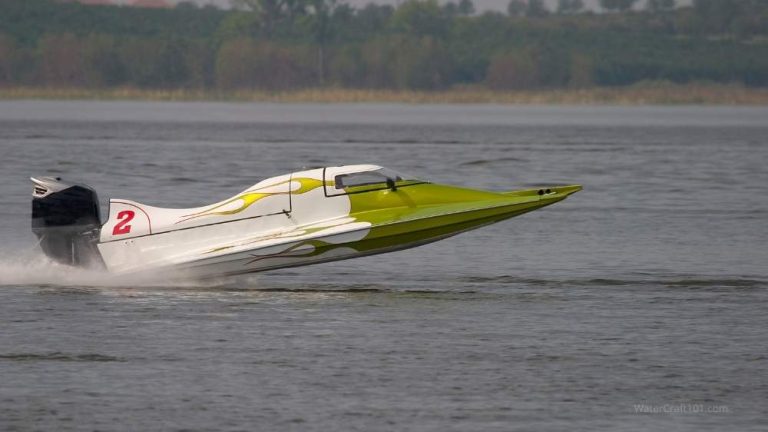How A Boat Power Pole Works (What You Need to Know)
Power poles are better known as power pole anchors or shallow water anchors. The intent is to stop a boat in shallow water where anchoring isn’t possible or convenient. A power pole is capable of stopping a small fishing boat within a few seconds without producing any noise.
Generally, a single power pole is sufficient for a boat, but some boat owners install multiple power poles. Since this is still a relatively new technology, many people ask how a power pole anchor works.
Power pole anchors work on hydraulics to reach several feet underwater to anchor your boat. They act as a substitute to an anchor by stopping and pinning the boat at one place in shallow water. Passengers control the pole via remote control, which determines the pole’s lift, pin, and movement.
Keep reading until the end to learn everything you need to know about how a power pole works on a fishing boat.
Power Pole Anchor Workings Explained
A power pole system consists of the following parts:
- Metal arm
- Hydraulic pump
- Fiberlass spike
- Remote control
Let’s talk about each of these parts in the power pole system in greater detail.
Metal Arm
It’s a lightweight metallic arm, which extends out and downwards from the boat’s transom. The metal arm is responsible for absorbing the boat’s inertia when the pole is in action.
Hydraulic Pump
The hydraulic pump is responsible for the movement of the power pole (primarily up and down). A high amount of force is required for the fiberglass spike to make a firm grip on the ground’s surface. The pole anchors with the help of hydraulic pressure generated by the hydraulic pump.
(Note: Other than a hydraulic system, power poles are also available in an electric version powered by the marine batteries installed on the boat.)
Fiberglass Spike
Despite its small size, it’s one of the critical parts of the system. The fiberglass spike reaches up to a couple of feet under the ground’s surface to stop and pin the boat in one place. No matter how forcefully the boat pulls during fishing, it’s this fiberglass spike’s grip that holds the boat in one place. You can think of this as a sort of spike anchor.
Remote Control
The remote control is essential to control the power pole. With a single press of a button, you can pin your boat within a few seconds. (Generally, there are three-speed options, which decide how fast the power pole will go down.)
Power pole anchor remote controls are waterproof, but it’ll definitely be troublesome to lose them in the middle of your boating trip.
Boater Tip: An excellent idea for your power pole remote is to fasten velcro tape to the back of the remote and also to the dash of your fishing boat. That way, you can remove the remote at your leisure as required. The remote holds in place when not in use and the velcro is waterproof, so no worries there either.
Some power pole systems are also controllable through foot pads, while other designs are Bluetooth enabled. A Bluetooth system is remotely accessible so that the power pole service department can troubleshoot your issues wirelessly. (Note: While this type of wireless system can be handy to troubleshoot, they are generally more expensive.)
Moving A Boat While The Power Pole Is Down
There might be a situation when you’d want to move your boat (a couple of feet) after the power pole is down. Remember that you should never move your boat when the pole has a grip at the bottom as it can damage the entire power pole system. So what to do?
Press the UP button or the UP footpad (just a little) to let the power pole move slightly upwards (generally just a few inches above the ground). Relocate the boat as desired and push the DOWN button to pin it to the new place.
The best method to lift the pole just a few inches is to press the button just once or hit the foot paddle just once instead of “press and hold.” When your boat is moving, you can keep the poles halfway down (not fully up). This way, you can quickly pin the boat. Furthermore, by using the fast speed option, you can hold the boat within a blink of an eye.
The only thing to remember is that you will want to slow the boat some via drifting before locking the pole in place. Trying to lower a power pole at speed may damage the system, similar to trying to engage your boat’s propellor(s) while the pole is down.
When To Use Different Speed Options?
- Use the slow speed option when you’re at the fishing spot. The pole’s slow movement will ensure minimal disturbance under the water so that the fish don’t get scared.
- The medium-speed option is the least preferred and used. You can use this option in any situation but not when you want to stop the boat quickly. However, this option is preferred when your poles are already halfway down.
- When you’re looking to stop the boat as soon as possible, go for the fast-speed option. However, continued use of fast speed can mechanically damage the fiberglass spike.
Frequently Asked Questions (FAQs)
What type of ground does a power pole work best?
Ideally, a power pole anchor can work in any ground, whether it’s a rocky surface, sandy surface, etc. However, depending on the ground surface you typically find yourself in, you may want to consider different power pole designs available on the market. This option would work best if you consistently go boating in the same area. That way, you have the perfect equipment for the conditions you are used to boating in.
Which is best- Hydraulic power pole or electric power pole?
Electric power pole anchors work on a 12v marine battery, which is a potential added cost. If you already have a battery, the power pole will be an added energy consumer. Hydraulic power poles are better at times when you’re low on battery, but even the hydraulic pump requires a power source, so keep that in mind.
How deep can power poles go?
Most power poles have an adequate deployment depth of about ten feet. There are more extended models available, but ten feet is the typical standard.
How much does a power pole anchor cost?
A shallow water anchor can start from $400 (approx.) and reach up to $1,800 or even more. You’ll also have to add the labor costs, which depend on the location and the place where you’re getting it installed. Furthermore, the replacement costs are even higher ($3,000 approx.) since the mechanic will first need to remove the previously installed power pole system.
How long does a power pole last?
In nominal conditions, power poles come with a 5-year warranty, and you can expect them to last for about ten years or even more. It depends on how often you use the device and how you use them. A lot of people abuse their gadgets, which hinders their longevity. Furthermore, regular maintenance will improve their longevity.
The Last Anchor
By now, you have learned how a power pole anchor works in small boats. These poles are incredibly lightweight and add almost negligible weight to the boat, allowing it to retain its speed and efficiency.
Usually, a single-pole installation can cost a thousand or two, including installation, but the device is worth every penny. Just ensure that you get a professional to install it. An improperly installed power pole can seriously damage the hull of your boat, and no one wants that.
Sources:

